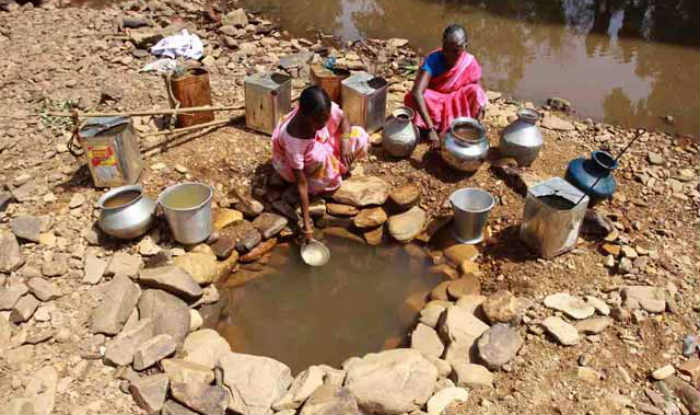Waterkeeper Alliance, a company create in 1999 working to protect our earths many bodies of water, is showing us all the truth behind our polluted waters and what can be done to help. To many, water is a given resource in their lives. When they are thirsty they drink, when they are dirty they shower, and when they need to clean clothing they can wash. To others in many parts of the world, water is a luxury that is not always easily accessible due to contaminated waters in their region. While having the opportunity to visit with Waterkeeper Alliance, we were presented with a few chilling facts about the reality of our oceans. In 2017 alone, 8 million tons of plastic was put into our oceans. By the year 2025, 1.8 billion people will live in areas where clean water is scarce. Lastly, more people die from water issues than violence-including war. So where do we go from here?
Waterkeeper Alliance has made it their mission to protect our waters. In about 44 countries around the world, Waterkeeper Alliance has stationed water keepers for many large and small bodies of water who watch over and protect them. In addition to this, while cleaning up plastic from the ocean, they have even managed to make a t-shirt made of 100% recycled plastic from our oceans. They’ve created a school in Governors Island where among learning how to best sustain our waters, the students are replanting oysters into the East River in order for them to filter through the river and assist in making it as clean as it once was in the early 1900’s. Although there is a long way to go in order for our ocean and rivers and lakes to be what they once were before man began polluting it, Waterkeeper Alliance is making large steps in the right direction for our future. 
Waterkeeper Alliance focuses on creating and maintaining clean water for everyone. Though they started out as a small company of fisherman trying to protect their waters from being polluted, they now have over 300 waterkeepers in 6 continents. Though Earth is known as a “blue planet” with water covering 70% of Earth's surface, only about 0.76% is accessible for humans to drink. Not only do we have a very limited about of water, but it also isn’t divided equally. While many places around the world face water scarcity, many places also experience water abundance. Laws have been made to try to regulate water usage in both abundant and scarce places, but we are still wasting a lot of water through the virtual water, which is water used in other products. According to Sustainability Principles and Practices by Margaret Robertson, “Just one pound of beef uses 1,500 gallons of water” and “by choosing to eat a veggie burger instead of a beef burger, one could save 750 gallons of water.” This is important because though water is sometimes a renewable source, humans are using it at a rate that it can’t replenish itself. This is shown by water levels going down and rivers drying up, getting rid of a vital water source for many people and animals and hurting the ecosystem. Although they are many new and creative ways to recycle and help save water on Earth, 25% of plastic bottles go into the ocean.
Many innovations on water have been made. Stella McCartney, a luxury brand has been creating sustainable clothing for almost two decades. Being conscious of the virtual water has helped this brand “with water reduction targets in place, and a solid treatment and discharge practice for wastewater”. Typically, it takes 2,700 liters of water to create one t-shirt. But through altering production, using fabrics like organic cotton, recycled polyester, and regenerated cashmere this brand is helping reduce the virtual footprint and showing that sustainability doesn’t mean you can’t have luxury fashion.
Andrea and Lizzy- I LOVE how you bring up that to many, they just drink water or shower when they are thirsty or dirty without any thought to water; and to others it's an absolute luxury and not very accessible. So well said. You also list the eye-opening facts presented by Marc Yaggi and lay them out next to Margaret Robertson's facts about the amounts of water used in production so well. Bravo!
ReplyDelete